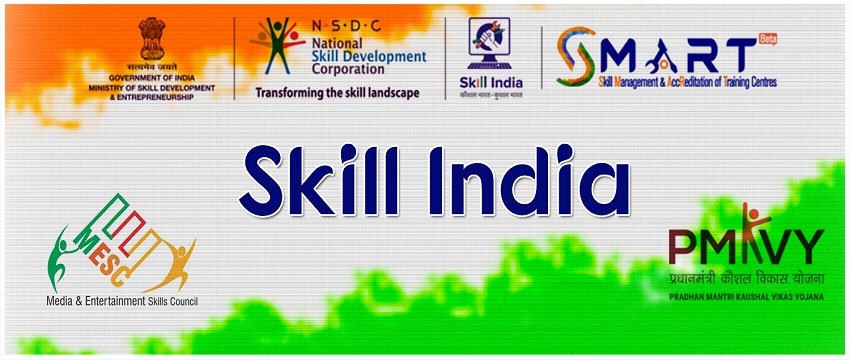Enriching the Lives of the Marginalised Communities of India through Quality Education, Skill development,
Livelihood generation, Healthcare, Environment safety, Disaster response and Agriculture Initiatives
As per the United Nations Development Programme (UNDP) Global Human Development Report (HDR) 2007, in spite of the absolute value of the Human Development Index (HDI) for India improving from 0.577 in 2000 to 0.611 in 2004 and further to 0.619 in 2005, the relative ranking of India has not changed much. India ranks at 128 among the countries with medium human development out of 177 countries of the world as against 126 in the previous year. India ranks 4th in the pharmaceutical sector by volume and 8th in terms of its value. However we are yet to achieve a lot in terms of our health indices. Expenditure on social sectors as a proportion of total expenditure, after decreasing from 20.4% in 2002-03 to 19.5% in 2003-04, increased steadily to 22.3% in 2006-07 and 22.5% in 2007-082. The Health Infrastructure in the country now includes:
- 266 medical colleges, 268 Colleges for BDS courses and 104 colleges conduct MDS courses with total admission of 30,290, 20,080 and 2,069 respectively during 2007-08;
- 1,597 Institutions for General Nurse Midwives with admission capacity of 59,138; 461 colleges for Pharmacy (diploma) with an intake capacity of 27,735 during 2006-07; 9,923 hospitals having 4,80,306 beds; 1,44,988 Sub Centers, 22,669 Primary Health Centers and 3,910 Community Health Centers as on March 2006;
- 21,351 & 3,203 Ayurveda, Yoga & Naturopathy, Unani, Siddha and Homoeopathy (AYUSH) dispensaries & hospitals during 2007;
- 903 Government licensed blood banks, 358 voluntary blood banks, 666 Private hospital blood banks; and, 483 other private commercial centers as of 2007.
Some of the important initiatives undertaken by the Government to address the requirements of healthcare include: the National Rural Health Mission (NRHM), funding for support mechanisms of Accredited Social Health Activist (ASHA) for every village, strengthening of primary health infrastructure and improving service delivery, implementation of the state-based surveillance program. the country, i.e. the Integrated Disease Surveillance Project (IDSP), focusing on AYUSH, family planning program for achieving Millennium Development Goals, etc. For the users of healthcare services, the choice is increasing and the ability to afford the best is rising. Consumers are migrating from the single doctor nursing homes to a more organized hospital delivery format, analogous to the retail sector. There are benchmarks and brands of multi-locational providers across industry. Owing to information explosion, the Indian healthcare consumer is engaging in ‘comparison shopping’ – looking at quality healthcare not only in urban but also the rural areas and tier II cities.


